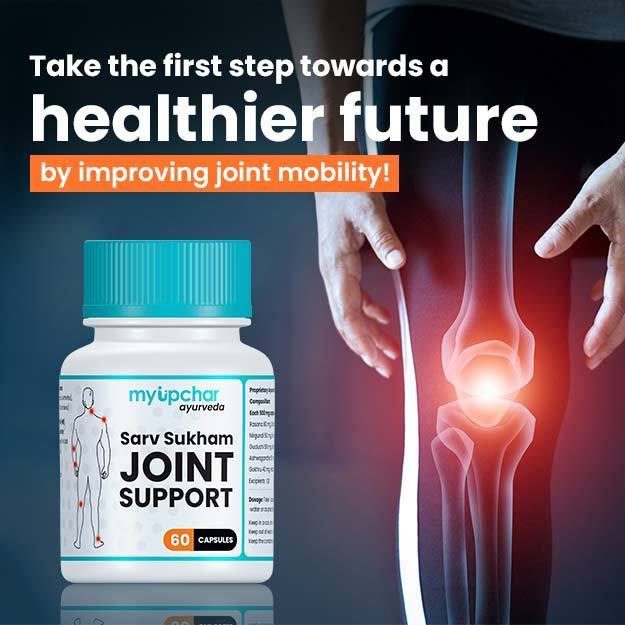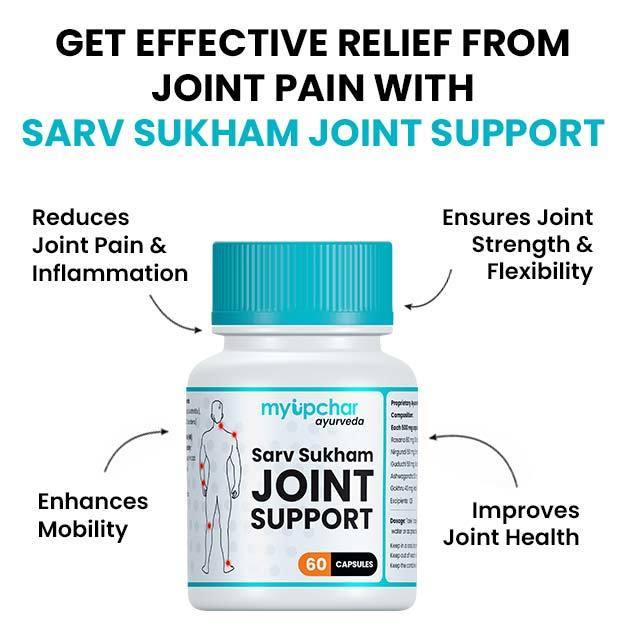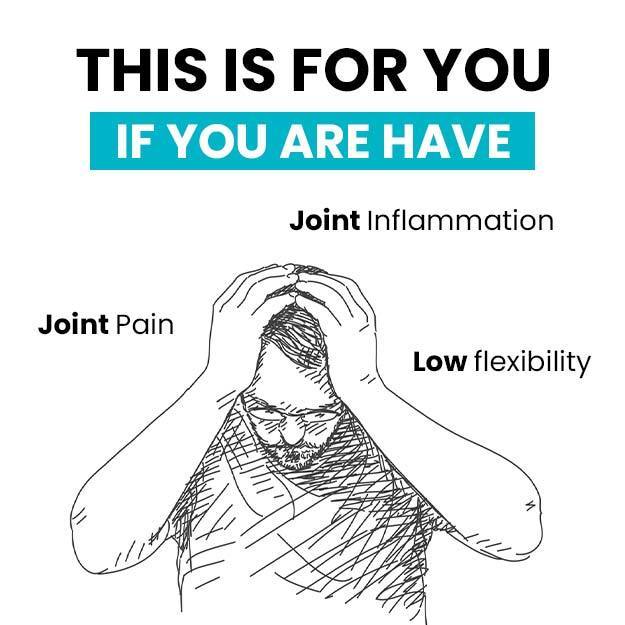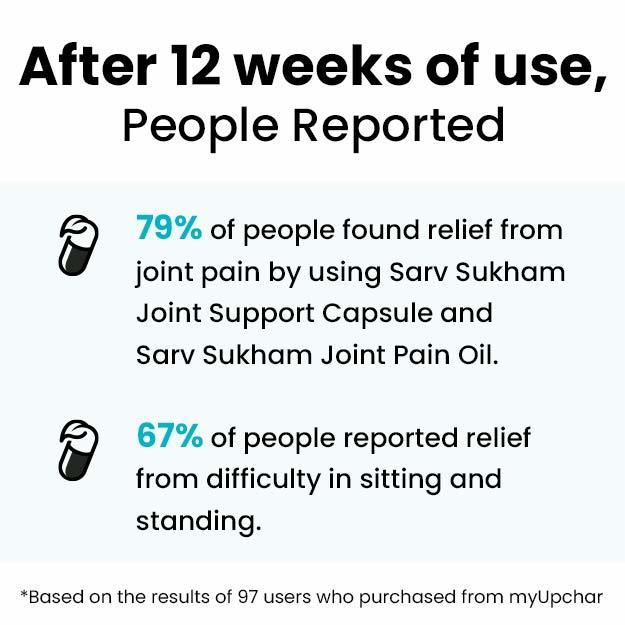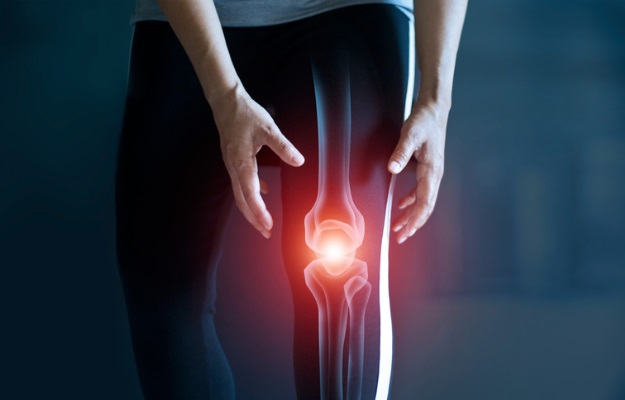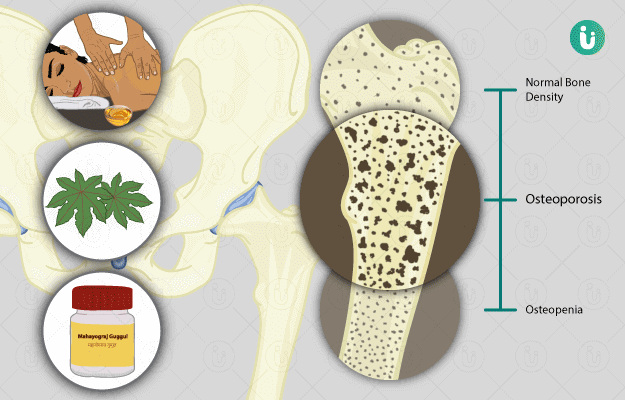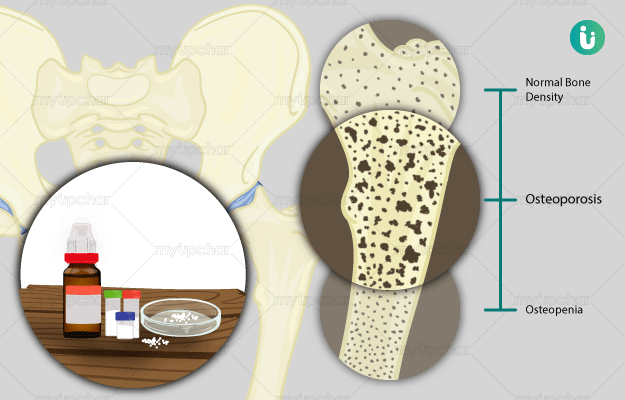Osteoporosis is a condition in which there is bone degeneration. In some cases, the bones lose their density to such an extent that the risk of fractured bones goes up substantially. As a result, many people with this condition refrain from rigorous physical activity. But in reality, patients diagnosed with this disease can benefit greatly from exercises that help to strengthen brittle bones.
Reduction in bone mass or degeneration in the tissues of bones leads to osteoporosis, a condition that is statistically more common among women. One of the reasons why women are more prone to osteoporosis is because of hormonal changes, making them four times more susceptible to it than men, as they lose bone mass quicker. A report published in the International Journal of Women’s Health in 2015 said that the cases of osteoporosis in India are on the rise: out of the 230 million Indians over the age of 50 in the country, 46 million are women living with this condition.
But while men and women both start losing bone mass after reaching the age of 30, regular exercise can protect and strengthen our bones as well as the bone tissues. It also promotes muscle growth in the body, which reduces the pressure on our bones and holds them in place.
Which exercises - and how much exercise - should be done by someone with osteoporosis can vary from person to person, depending on their individual bone health and overall medical history. So it is a good idea for patients to consult their doctor before pursuing any physical activity. The doctor may check the patient's bone density and perform a general fitness assessment before giving a go-ahead.





